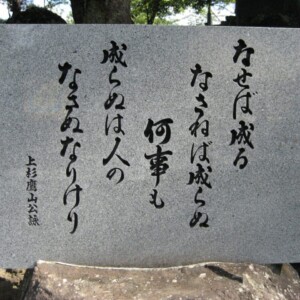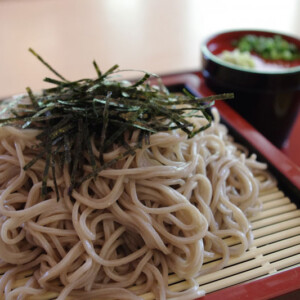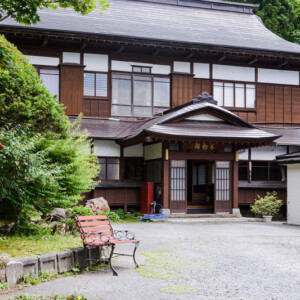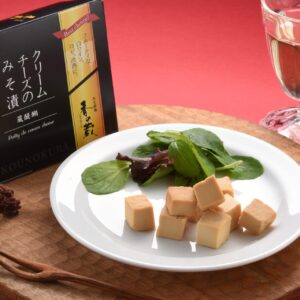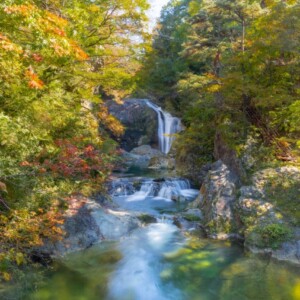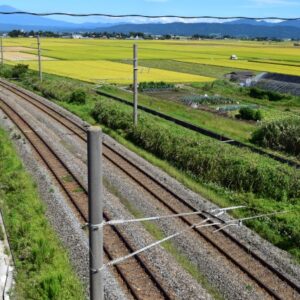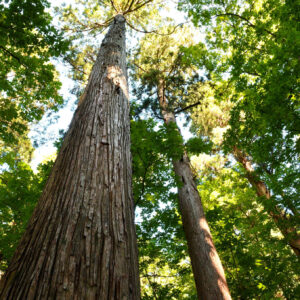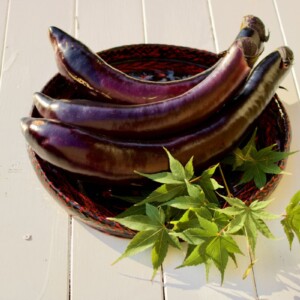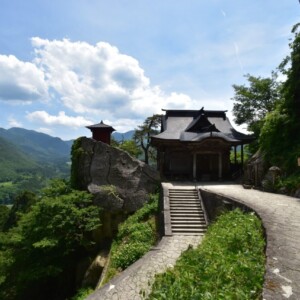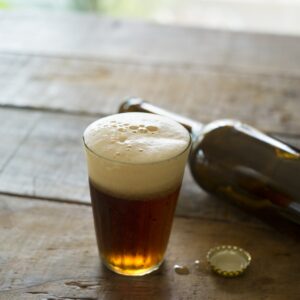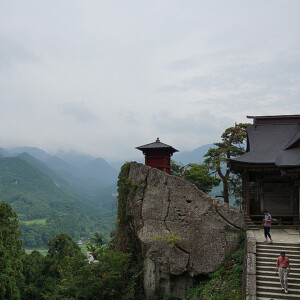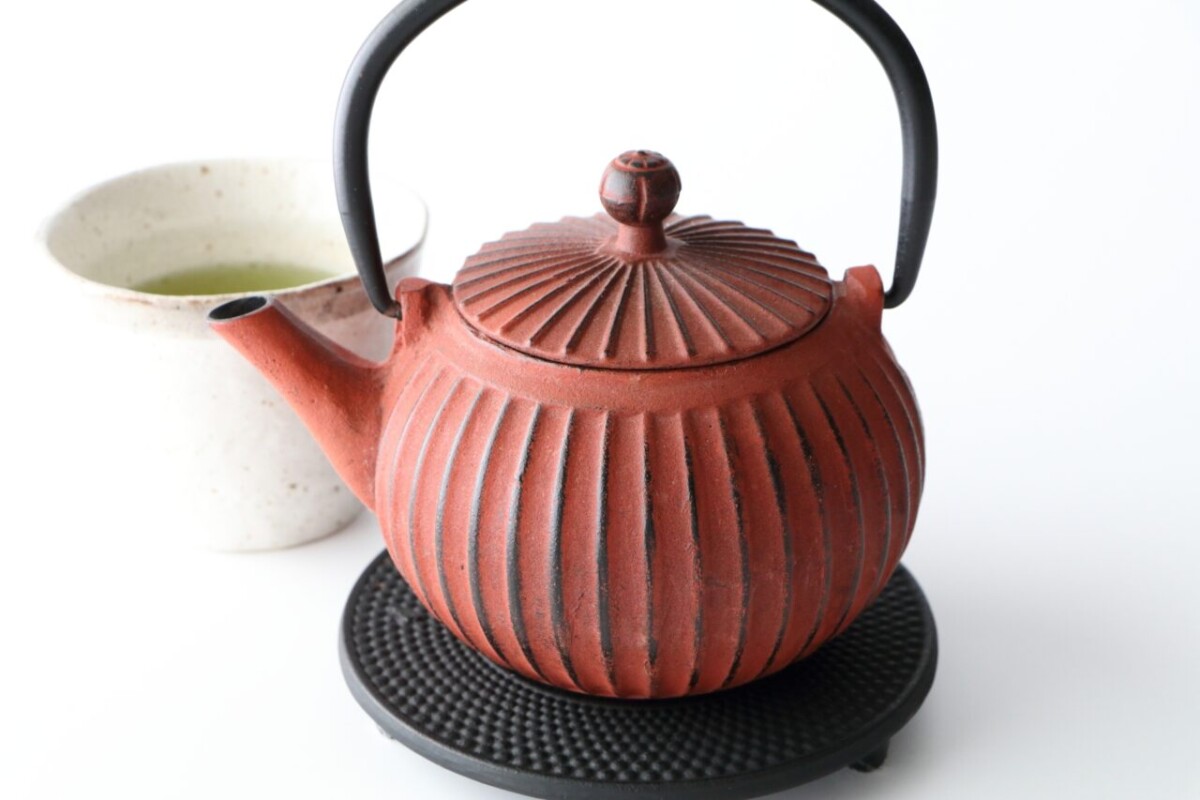
[Tsuruoka, Yamagata Prefecture] Introducing 3 traditional sweets that are perfect as souvenirs! We also pick up famous historical stores
table of contents
Yamagata is home to many traditional sweets, including Okitsunehan, Sakadane Anpan, and Kirizansho. This time, we will be highlighting three of the most popular sweets, which are perfect as souvenirs
We will be looking at the appeal of "Noshiume", "Karakara Senbei" and "Hinagashi", as well as the famous, long-established shops that sell them
"Noshiume"
Noshiume is a traditional Japanese sweet from Yamagata
The oldest established store, "Noshiume Honpo Satoya"
The original product is from Noshiume Honpo Satoya
This elegant Japanese sweet is wrapped in bamboo skin and has a beautiful amber colored agar and a sticky texture
As the name suggests, you can taste the sourness of the plum in the sweetness. Many people become addicted to it after trying it just once, and it is a popular souvenir from Yamagata
The appeal is the simple ingredients and careful handcrafting
The ingredients are plums from Murayama and agar from Nagano, and the only other ingredient is sugar
All products are made by hand. The antioxidant properties of plums are said to be good for the body, making them a familiar food in that respect
The origins of Noshiume
The origin of Noshiume dates back to the time when Lord Mogami Yoshiaki was the feudal lord. It was originally a medicine made from plums, but was later made into a sweet to make it easier to eat
Noshiume Honpo Satoya is the oldest documented store selling noshiume as a sweet. It was founded in 1821
Noshiume has been loved by people since ancient times and is still a famous confectionery that represents Yamagata
Taking on the challenge of new "Noshiume"
Satoya is unique in that it not only preserves the good old flavors, but also tries to create new flavors
For example, there is a product called "Tamayura," which is an innovative sweet made of raw chocolate topped with noshiume plums
The melting sweetness of the raw chocolate and the chewy sourness of the plum combine to create a unique flavor
Many people feel that this is a sweet they have never tried before, so please give it a try
INFORMATION
| name | Noshiume Honpo Satoya |
| location | 3-10-36 Tokamachi, Yamagata City, Yamagata Prefecture |
| telephone number | 023-622-3108 |
| Official URL | http://satoya-matsubei.com/ |
| GOOGLE MAP |
"Dry rice crackers"
In Tsuruoka, Yamagata Prefecture, there is a traditional snack called "karakara senbei" that has been around since the Edo period
We thought that regular rice crackers wouldn't be interesting, so we folded the rice crackers in three directions and put a small toy inside
The toys inside each rice cracker vary, and the toys inside also change over time
Originally, these were dolls of soldiers and Daikoku-sama. They were made of lead, so they were quite heavy and dangerous to eat, so they are no longer included
Recently, there have been super balls, puzzle rings, miniature cars, etc. Some even feature popular characters
The name was given by Umezu Confectionery
The name "Karakara Senbei" comes from the fact that there is a toy inside the rice cracker, which makes a rattling sound when shaken
The name was coined by Umezu Confectionery, a long-established confectionery store in Tsuruoka, which is the original manufacturer of Karakara Senbei for the longest time
Around 1950 (Showa 20s), Umezu Confectionery Shop changed the name of what was originally called "Untoku Senbei" to "Karakara Senbei" and began selling it
At that time, tin toys were already being put in instead of lead. Now, the product is known nationwide as "Karakara Senbei," a name given to it by Umezu Confectionery
Enjoy the taste of traditional sweets
In the past, sweets made with white sugar were called "jogashi" and were only popular among samurai, while common people preferred miscellaneous sweets made with starch syrup and brown sugar
This is the origin of dagashi. The charm of Karakara Senbei lies in its simple, traditional sweetness. A box of seven Karakara Senbei costs 315 yen
Hard to find in the back alleys
Not only are there long-time local customers, but there are also many tourists who come from far away looking for the famous sweets
However, the store is very small, hidden away in a back alley in the center of Tsuruoka
The shop is about one tatami mat in size, and in addition to Karakara Senbei, the small shop is filled with a variety of sweets, including Kitsunemen, mint sweets, sweet bean paste sweets, and arieito sugar
INFORMATION
| name | Umezu Confectionery Shop |
| location | 2-8-16 Honmachi, Tsuruoka City, Yamagata Prefecture |
| telephone number | 0235-22-7348 |
| Official URL | https://www.umetsukashiho.com/ |
| GOOGLE MAP |
"Hina sweets"
Hina sweets are also an essential specialty of Yamagata. In Tsuruoka, which once flourished as a castle town, a grand Hinamatsuri festival was held
There, not only the Hina dolls but also Hina sweets were lined up
These sweets are made in the shape of cute and vibrant fruits such as strawberries, mandarin oranges, and peaches, as well as bamboo shoots and sea bream
Premium fresh sweets for special occasions
Hina sweets are made using a method called nerikiri, in which white bean paste is mixed with gyuhi, a mixture of starch syrup and sugar kneaded with mochi flour or shiratamako rice flour, and then kneaded again
Unlike cheap sweets, they are served on special occasions such as celebrations, and are therefore considered high-quality fresh sweets
Each sweet is hand-colored and carefully coated with agar to give it a glossy finish. The vibrant colors and intricate details make them a hit with children
The taste is elegantly sweet, so even adults who don't like things too sweet can enjoy it
Kimuraya's Hina sweets are top-notch
Kimuraya, a long-established store in Tsuruoka that has been in business since 1887, is gaining popularity for offering high-quality Hina sweets
The Hinamatsuri, a festival held in the castle town of old, is still celebrated in Tsuruoka with even more splendor than in other parts of the country. Kimuraya, which continues to make Hina sweets that add elegance to the festival, is an indispensable presence in this place
Be sure to try these traditional Hina sweets, which are both visually appealing and tasty, and are made with the utmost care by artisans
Tsuruoka's Hinamatsuri Event
Every year in March or April, Tsuruoka holds an event called "Tsuruoka Hina Doll Story." Numerous Hina dolls brought over from Kyoto from the Muromachi to Edo periods are displayed in famous spots in Tsuruoka, such as Shirakaba House and Chido Museum, and visitors can see a variety of Hina dolls
We recommend visiting Kimuraya when these Hina dolls are featured in close-up
INFORMATION
| name | Kimuraya |
| location | 9-25 Sannocho, Tsuruoka City, Yamagata Prefecture |
| telephone number | 0235-22-4530 |
| Official URL | https://kimuraya.co.jp/ |
| GOOGLE MAP |
A summary of Yamagata's traditional sweets
This time, we will be introducing traditional sweets from Yamagata. The sweets we will be introducing are particularly long-standing and have been loved by the people for a long time
The taste is also somehow nostalgic. The modern sweets you see on TV commercials are great, but sweets that are filled with the passion and love of the people and are colored by Yamagata's history also have an irreplaceable charm



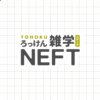
![[Yamagata Prefecture] Walking through Tokamachi and Nanokamachi in Yamagata City, where the scent of the Edo period remains Yamagata city from Kasumi Castle Central Observation Room](https://jp.neft.asia/wp-content/uploads/2023/09/26303875_m-150x150.jpg)
![[Yamagata Prefecture] Yamagata's sake "SAKE" drunk in a wine glass is very popular among women! 1014_Tsuruoka Food Culture Market FOODEVER ~ Sake Bar Saikaku ~](https://jp.neft.asia/wp-content/uploads/2021/12/2cc5d05d96464765e28b470bef284dac-150x150.jpg)
![[Sakata City, Yamagata Prefecture] Enjoy Tohoku's famous sweets at "Holland Senbei FACTORY"! Experience baking and seasoning yourself Dutch rice crackers](https://jp.neft.asia/wp-content/uploads/2018/07/151f3a0247fc50438bbff6d24e7e543d_s-150x150.jpg)
![[Kesennuma, Miyagi Prefecture] The Shark Museum in “Sea City” is popular! Enjoy shark fin ramen shark](https://jp.neft.asia/wp-content/uploads/2018/09/027672cf178d860766b0a665d907479b_s-150x150.jpg)
![[Morioka City, Iwate Prefecture] “Iwachu Ironware Museum” is a place where Nanbu ironware gathers! The world's largest iron kettle will greet you. southern ironware](https://jp.neft.asia/wp-content/uploads/2018/09/822b480f71e1ce9d411c5d972de4ab8a_s-150x150.jpg)
![[Aomori Prefecture] Not just food! Shining techniques from Tohoku! 5 selections of craft souvenirs 1 Tsugaru lacquer](https://jp.neft.asia/wp-content/uploads/2021/11/832bdccffb961dac52ac9e3b69594280-150x150.jpg)
![[Yamagata Prefecture] I went to the Hanagasa Festival! Introducing a photo book and festivals in Yamagata Prefecture that are still available in time PXL_20220805_072112438.MP](https://jp.neft.asia/wp-content/uploads/2022/08/PXL_20220805_072112438.MP_-150x150.jpg)
![[Tohoku] A must-see for fruit lovers! All-you-can-eat fruit information including strawberries, peaches, and cherries 4510621_m](https://jp.neft.asia/wp-content/uploads/2023/04/4510621_m-150x150.jpg)
